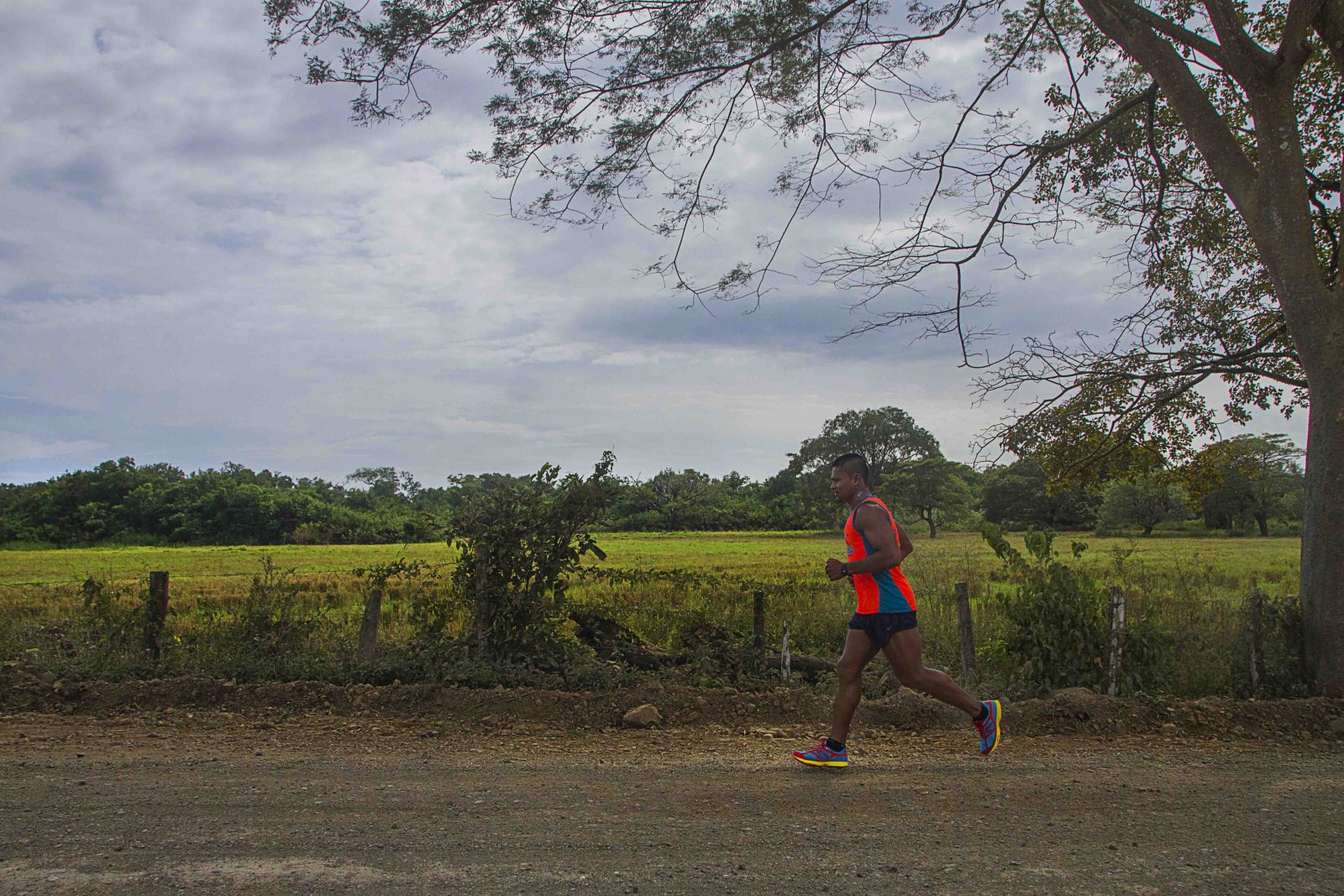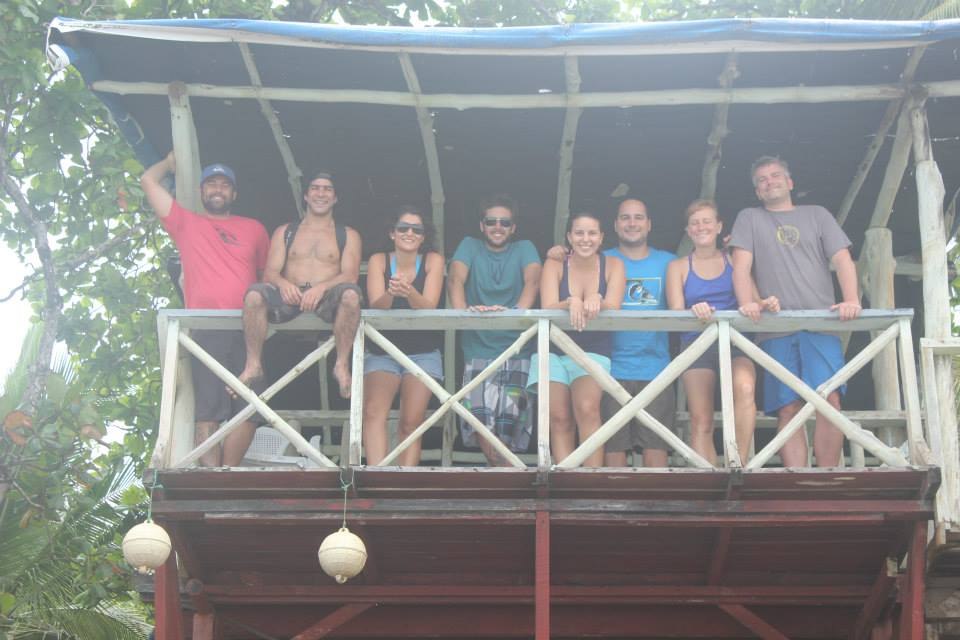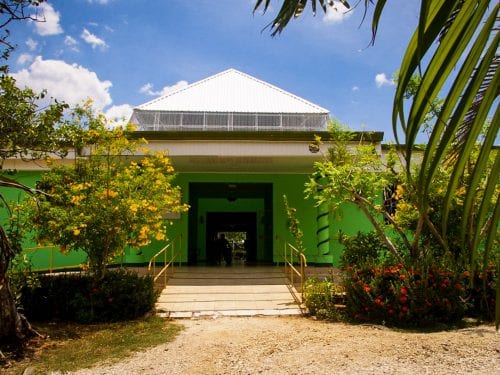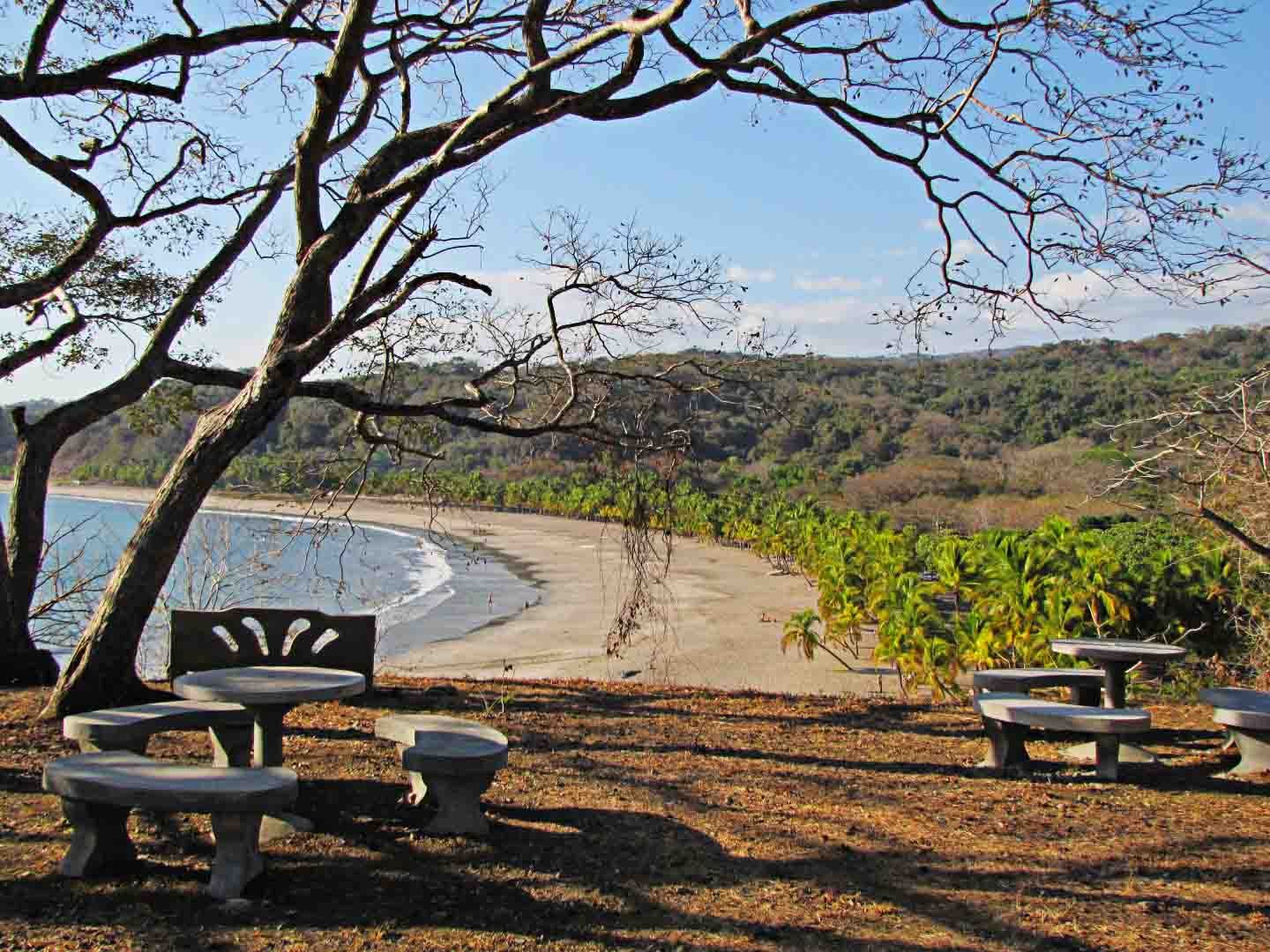
If you enjoy sports and are looking to take your routine to the next level, The Voice presents five routes to motivate you to boost your performance.
Running from Nicoya to Garza
With a pair of good shoes and adequate training you can run for a long time. Hector Zuñiga is an athlete from Garza who participates in at least one race per month, training for long distances. Hector has run from Nicoya to Garza twice and to do so, he ran 15-20 kilometers every day with one day of rest per week. He completed the 50-kilometer run in five hours, focusing more on efficiency than speed.
Part of the route is paved, and a large part is gravel. Zuñiga told us that between Nicoya and Garza there are very steep, long hills, especially passing through Caimital, in the Portal de Belen neighborhood. Depending on the time of day, running the route is different. After 10 a.m. and before 4 p.m. the sun is very intense.
This route is only for those who are used to running long distances. It not only requires physical training, but also a regimen of eating well and following medical advice.
Cycling in the mountains of Nicoya towards Zaragoza
For mountain biking, you have to be physically prepared, but the real challenge is breaking through mental barriers created by facing a number of obstacles. The peninsula’s mountains have impressive flora and fauna which, along with the temperature and road conditions, add intensity to this activity.
According to Pablo Sanchez, a professional cyclist from Samara, one of the most intense routes in the area is riding towards the town of Zaragoza, located 757 meters (2480 feet) above sea level. You can go up from Los Arenales in Nosara or from the other side through Cuesta Grande from Belen de Nicoya. Sanchez does a round trip of 93 kilometers (57 miles), leaving from Samara and taking the road through Nosara.
The climb via either side is very difficult. Once you start to climb the mountain, you can see the Pacific coast and the temperature is cooler. Sanchez says that when going downhill, you can reach up to 75 or 85 kilometers (46 to 52 miles) per hour and you have to be careful with cars and pedestrians. High temperatures and summer dust complicate the journey, which is why it’s recommendable to train early in the morning or in the afternoon.
Open swimming to the Isla de Chora in Samara
For those who practice open swimming, to swim to the Isla de Chora is one of the best experiences in the area. Samara Beach is protected by a reef that creates low waves with few currents during summer. However, much precaution is needed to reach the island, which is surrounded by reefs.
Isla de Chora was declared a national wildlife refuge in 2002. Swimming to the island is a very dynamic activity. Gerardo Martinez, chief of the MINAET office in Nicoya, says that the island hosts at least six species of trees and eleven kinds of birds, as well as several reptiles, snakes and raccoons. In addition, colorful fish can be seen around the island, as well as shellfish, lobsters and octopus.
According to Pablo Sanchez, who swam to the island during a triathlon, the island is 2 kilometers (about 1.3 miles) from the middle of Samara Beach, a trip that takes about 40 minutes for someone who swims 15-20 minutes per day. Sanchez says that any athlete who trains regularly can do this high-intensity sport, especially those who regularly surf and already have the strength needed for swimming.
A truly challenging hill
For some athletes, doing only one sport can be monotonous. If you’re looking to reach new goals, you can take your routine to the next level and combine mountain biking trips with swimming sessions in a pool or the ocean.
That’s the case for marathon enthusiast Barry Oliver, who lives in Nosara. He rides his bike to Los Angeles de Nosara and, after climbing that huge hill, swims almost three kilometers during an hour in the pool. The combination of two sports improves health and gives the athlete the needed strength to overcome any type of intensive training.
When you reach the road in Los Arenales, in Nosara, the street is very narrow and has a lot of dust during dry season. The various sizes of rock fragments make the road unstable. Higher up, temperatures cool down. You breathe fresh air and can see the beach from Garaza to Ostional.
The biggest wave of the peninsula: Playa Camaronal
Guanacaste’s beaches are a meeting place for surfers around the world. The biggest wave in Nicoya Peninsula is found some 30 minutes south of Samara, at Camaronal Beach. This black sand beach hosts turtles and a beautiful ecosystem. There are monkeys, coatimundis, raccoons and other animals.
According to surf instructor Adrian Suarez of Nosara, when there aren’t turtles in the wildlife refuge, you can surf waves up to 15-20 feet high.
During summer (from December to May), the wind blows offshore, which is to say against the wave, and that generates swells high enough to drop in well since the wave doesn’t break so quickly, allowing the surfer to maneuver.
To surf in Camaronal, one needs a good amount of experience. The wave breaks very far out, and it can be dangerous. In addition, the open beach has many currents and there aren’t channels that help to pass through the waves.
Suarez says that, in addition to a large swell, it’s a struggle to paddle out. With a good wave set, it can take ten minutes just to escape the current and get to the point. Surfing alone is not recommended.







Comments